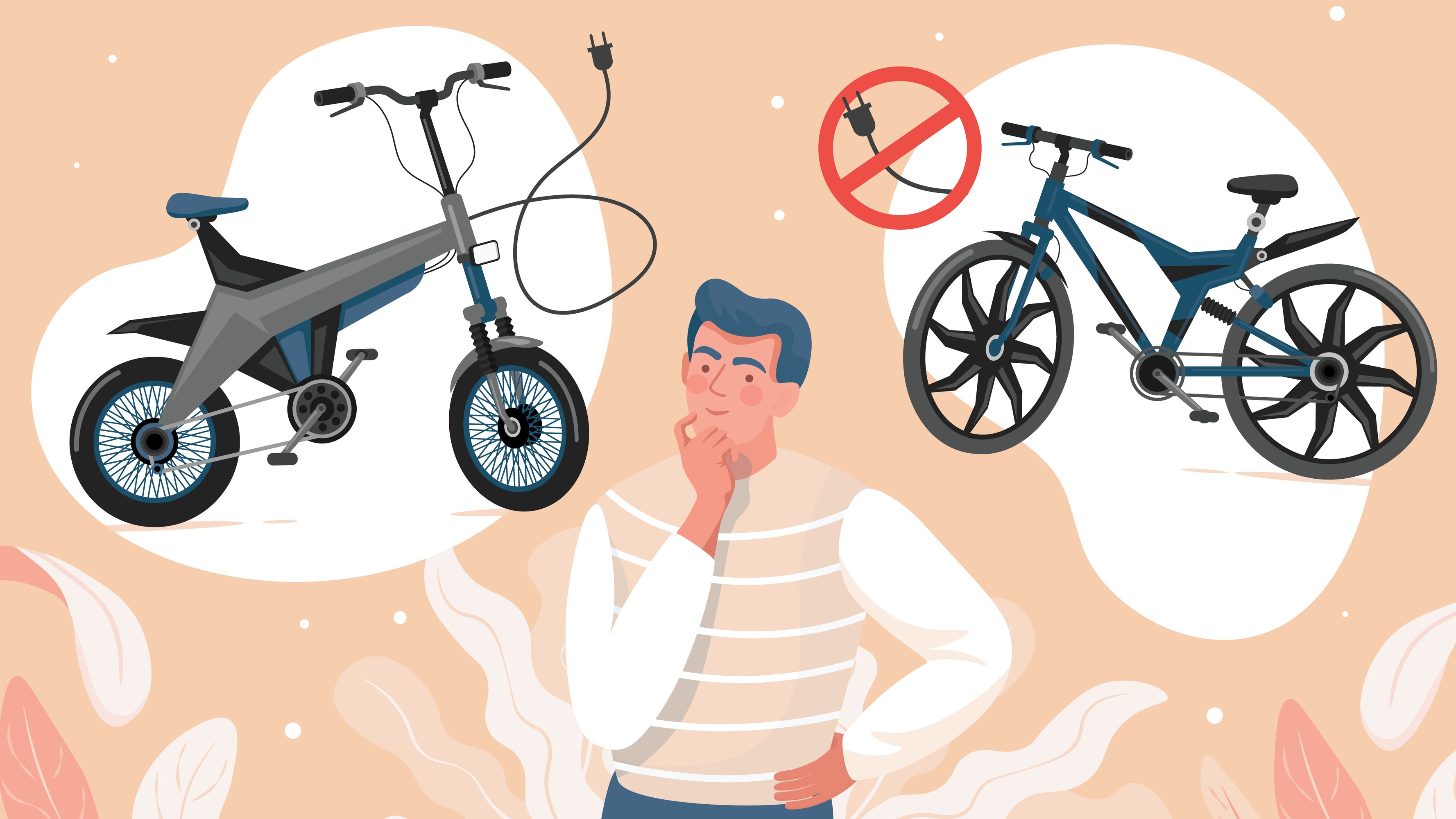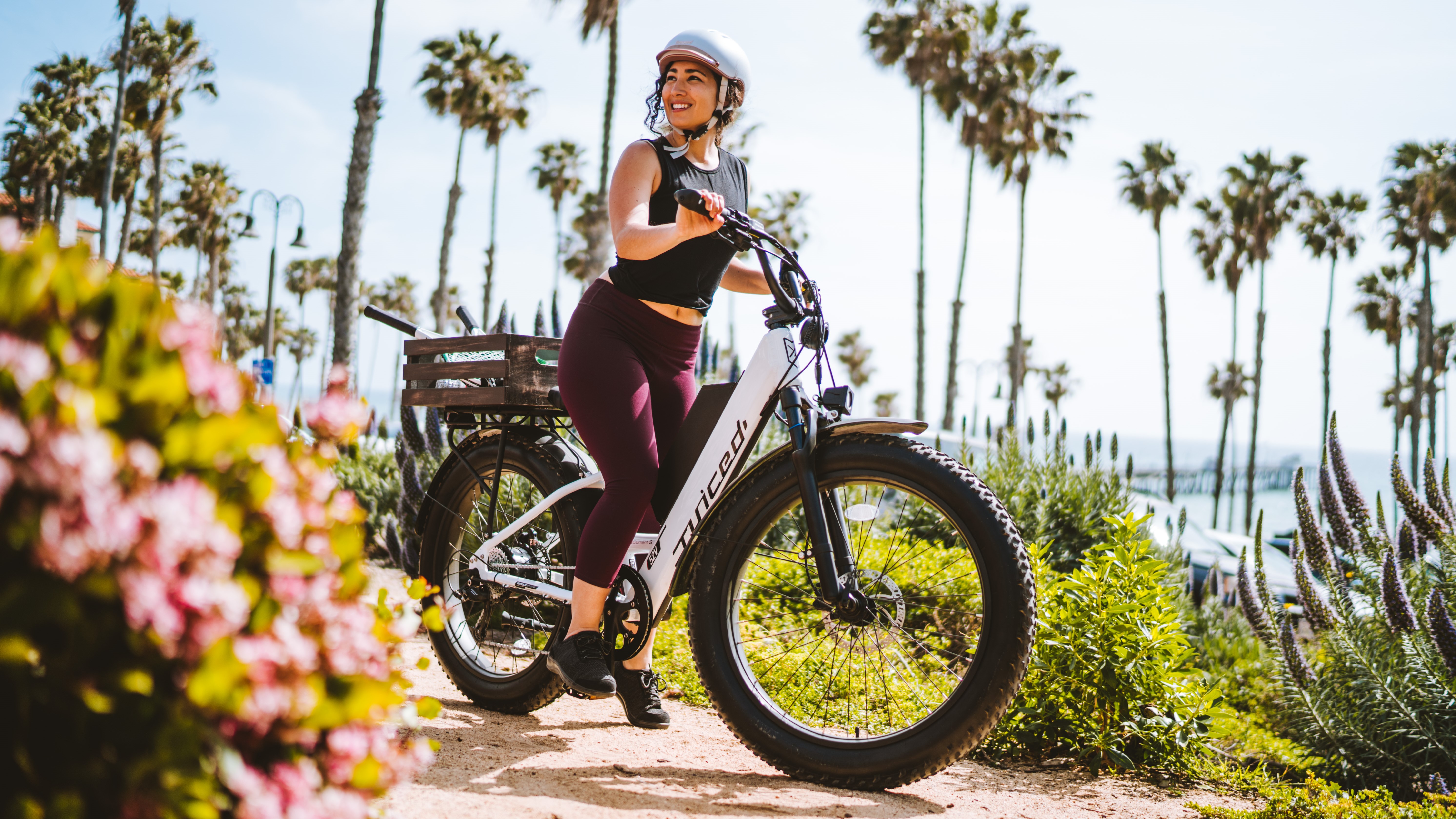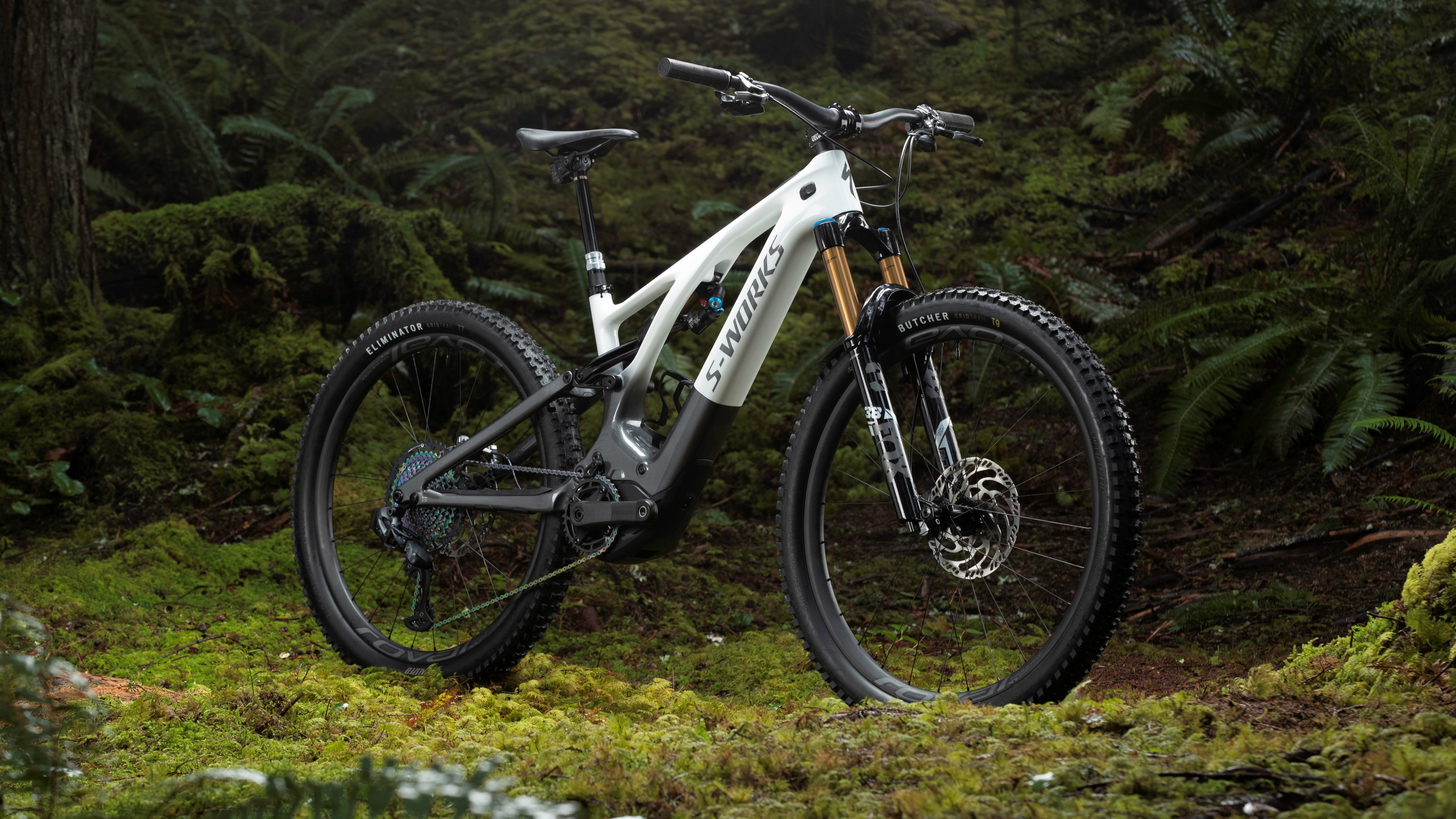Why you should buy an e-bike

An electric bike is a great investment, and not just for environmental reasons. They're easy to ride, fun, and great value in the long run.
Whether you've been considering upgrading your standard bike to an electric bike, buying one as a second rider, or using one to get back into cycling after a period away, here are the reasons you should take the plunge.
E-bikes are good value
In our experience, prices for good-quality e-bikes start at around $1,500 / £1,000 / AU$2,000. That's a big investment (much more than an equivalent non-electric bike), but when you consider how many car journeys said bike will eventually replace, that price no longer appears as daunting. Electric bikes are pretty simple and cheap to maintain (more on that later), and you can save a hefty sum on fuel and parking fees, and potentially tax and insurance, too.
It's possible to pick up a much cheaper e-bike on Amazon, say, but opting for a more expensive model from an established manufacturer has several benefits. Firstly, if you're buying a bike locally rather than importing it cheaply, you can be more confident that it will meet the safety standards of the country you're in.

For example, in the UK, electric bikes must have a maximum speed of 15.5mph with the motor engaged. Bikes imported from overseas and sold through an unauthorized dealer may exceed that limit, and could see you get into trouble with the law.
Buying a bike from an established brand also means you'll be protected by a warranty, and possibly benefit from other perks such as discounted insurance and safety accessories.
Another pitfall of a cheap e-bike may be the use of poor-quality parts, which can be seriously dangerous. We'd hesitate to recommend any electric bike that uses caliper rather than disc brakes, for example, due to the increased speeds and forces involved. It just isn't worth the risk.
Sign up for breaking news, reviews, opinion, top tech deals, and more.
E-bikes are easy to ride
Riding an electric bike is a piece of cake, even easier than a conventional bicycle. Some, such as the Cowboy 3, have no gears or speed controls at all. Just turn on the bike and start riding: the bike will automatically determine the level of assistance to apply based on the force applied to the pedals. The Cowboy e-bike doesn't have gears either, making it even easier to ride than a conventional bike.
Other e-bikes offer a choice of power settings to which you can make adjustments during the ride. This is usually through a control that you can easily reach with your thumb without releasing the handlebars. You'll be up and running in minutes.
Some e-bikes offer additional features. These will be explained clearly in the manual included with the bike, so there's no need to be concerned.

Electric bikes are a great option for people who find riding a conventional bike tricky as a result of limited mobility. As such, it's great to see many manufacturers taking the initiative to introduce step-through frames that are easier to mount and dismount.
The recently released Cowboy 4 has a step-through option, as does the new Juiced Bikes RipCurrent S, but there are dozens more options out there too.
There are e-bikes for all terrains
Most e-bikes are built for city riding, but if you enjoy hitting the trails and getting muddy, then there are options for that style of riding, too.
Gravel bikes such as the Ribble CGR AL e are designed for rougher paths, and fully fledged electric mountain bikes such as the Specialized Levo can tackle true off-road riding (which is particularly handy for downhills taking the sweat out of the initial ascent).
As with any bike, it's important to clean down your off-road e-bike once you've finished having fun, paying particular attention to the electrical components. Avoid using pressure-washers to clean e-bikes; while most can handle a bit of rain and wet splashes, they're not typically rated for high-pressure jets. Check your bike's manual before getting cleaning, to be safe.

As for what type of roads and trails you can use, that very much depends on the local laws where you live. Generally speaking, e-bikes that can't be ridden without turning the pedals (also known as pedelecs) are classed as bicycles provided they don't exceed a certain speed limit. These can be ridden on the same routes.
The rules vary, though, so check out the laws in your area to figure out whether you'll be able to take your e-bike out onto your preferred routes.
E-bikes have impressive range
Range anxiety can be an issue for owners of both electric bikes and cars, but it's much less of an issue for e-bike owners, and shouldn't stop you considering one.
Most e-bikes have a stated range of between 40 and 80 miles on a single charge, which is more than enough for most commutes and trips. Note, however, that real-world results will vary depending on the type of terrain you're riding on, how many hills you're tackling, the level of assistance you're using, and how much weight the bike is carrying in terms of rider and cargo.
You can conserve power by only using the motor when faced with a tough climb, easing off on flatter sections. If the battery is removable, you can buy a secondary power pack and simply swap over when the first one starts to run low. However, since batteries are expensive and heavy, it isn't an option we'd recommend.

Of course, in the event that your e-bike does run out of juice on the road, you can always pedal and get home under your own steam. The weight of the bike will be a big factor in how easy and comfortable this is. Bikes such as the Ribble Hybrid AL e and Specialized Turbo Creo SL Expert are a breeze to ride without motor assistance, but if you've opted for a model such as the Rad Power RadMission 1 (which weighs around 10kg more), you'll have a somewhat tougher time.
If you're planning a long riding holiday then an e-bike may not be the best choice, but for everyday commutes and shopping, or a fun weekend ride (on or off-road), it's ideal.
E-bikes are easy to maintain
Don't let maintenance put you off e-bikes – there's little difference between caring for an electric bike and a conventional one.
With any bike, it's wise to test the brakes and check the tire pressure before heading out, alongside paying attention to any part that's making a noise or rubbing where it shouldn't.

As Gavin Brough, manager of Gamma Transport Division Shimano Service Center in Edinburgh, explained to TechRadar, it's a good idea to take your e-bike to be professionally serviced once a year, which applies to a conventional bike, too.
Brough says it's worth noting that e-bike components can wear out faster, due to the increased strain caused by the motor, so don't be too surprised if the chain and brake pads need replacing more often.
E-bikes are (pretty) easy to store
Most e-bikes don't take up much more space than a conventional bike, particularly super-compact drive systems such as those from Mahle (as used in the Ribble Hybrid AL e and CGR AL e), which are hidden completely from view in the bike's downtube.
However, those short on floor space should consider that electric bikes are often much heavier than their unpowered counterparts, particularly if the battery pack isn't removable. This could make them unsuitable for wall or ceiling-mounted bike racks. You may find that the position of the battery gives an e-bike an odd center of gravity, too, which could also make it more difficult to hang up.

One possible solution to this problem is a folding e-bike. These have come a long way in recent years, in terms of build quality, weight, performance and price. The MiRiDER One, for example, packs down in seconds, but feels as robust to ride as a full-sized bike. It's remarkably good value, too, at £1,395 (about $2,000 / AU$2,500).
The Brompton M6L Electric and Gocycle GX are also two of the best folding e-bikes, and thoroughly impressed our testers. They come highly recommended if space is at a premium.
E-bikes are hard to steal
E-bikes are expensive pieces of kit, making them an appealing target for criminals – but they're relatively tricky to steal. That's partly because of their weight (e-bikes weigh considerably more than their unpowered equivalents, which makes them tricky to throw into a van), and partly because they often come with GPS trackers installed, making it easy for a victim of theft to track down their stolen property.
As Tobias Taupitz, founder and COO of bike insurance company Laka, told us last year in an interview about insuring and protecting your bicycle, crooks are more likely to target e-bikes for their batteries.

“We’ve seen very few e-bike thefts, but we’ve seen a lot of battery thefts,” he said. “People use brute force to get hold of it, or they use a screwdriver of some sort to just smash it. I’m not sure how you’d sell it on, but that doesn’t seem to be a big concern.”
Dedicated e-bike insurance is a good idea, but there's also a very simple solution to this type of vandalism: take out the battery and carry it with you.
E-bikes don't need a fancy phone
Using an older smartphone (or not having one at all) should be no barrier to riding an e-bike.
While some use a smartphone app as a trip computer, many have a control unit with LCD screen either attached to the handlebars, or built into the bike's cockpit. These are very simple to operate (usually controlled with one thumb), and the screen displays key stats including distance travelled, current speed, assistance level and charge remaining.

Which are the best e-bikes?
Each month, we test and review new e-bikes so we can bring you the best advice when you're looking for a new e-bike. Check our our full roundup of the best electric bikes for our current top 10.
- We've tested and rated the best electric scooters

Cat is TechRadar's Homes Editor specializing in kitchen appliances and smart home technology. She's been a tech journalist for 15 years, having worked on print magazines including PC Plus and PC Format, and is a Speciality Coffee Association (SCA) certified barista. Whether you want to invest in some smart lights or pick up a new espresso machine, she's the right person to help.